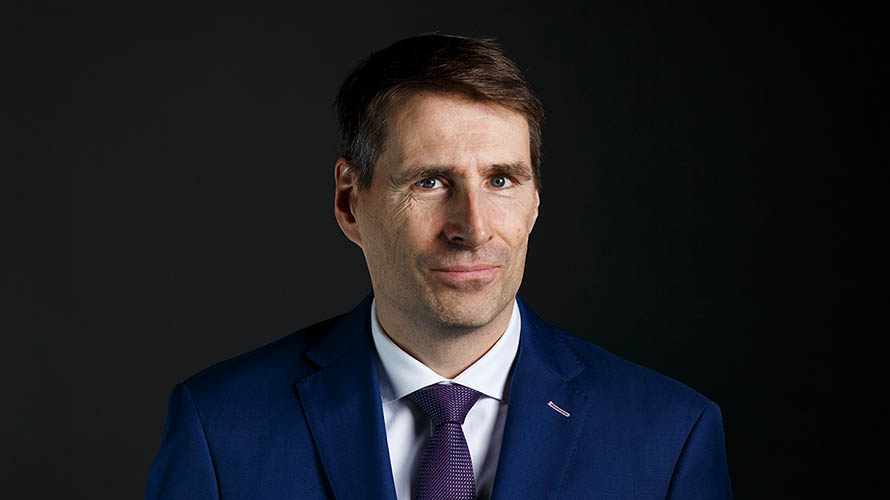For whom do structured products make sense?
With structured products it is possible to take advantage of short-term market opportunities, and this means that market expectations can be specifically targeted. Almost any market expectation can be exploited this way.
The formation of such a product can be implemented quickly: from idea to issue may take only a few days, sometimes even only a few minutes. Unlike equities, structured products can be set up so that they not only benefit from market upturns, but also take advantage of sideways or downward moving prices.
We give you access to various thematic investment ideas and markets. In doing so, we always take your needs into consideration, combining this knowledge with our own market expectations as well as taking the current market situation into account. This is how we structure an investment that both perfectly suits your needs and is also efficiently embedded in your portfolio. By the way, we can create a structured product for an investment as small as CHF 20,000.









